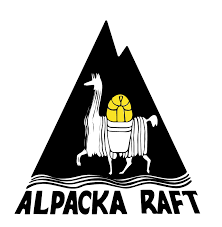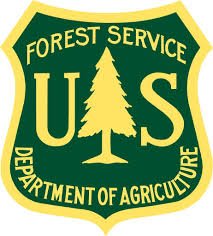A subtle challenge is unfolding here in Washington. Amidst the beauty of evergreen forests and tranquil lakes, the unassuming blackberry plant has quietly established itself, prompting a need for intervention. Let's explore the story of the blackberry invasion. The introduction of Himalayan blackberries into Washington State, initially intended to enhance local agriculture with its delectable fruits, has inadvertently unfolded into an ecological challenge. Imported for their desirability, these blackberries now thrive across both urban and natural landscapes, their rapid spread disrupting the delicate balance of local ecosystems. This tale illuminates the unintended consequences stemming from well-intentioned introductions, showcasing the complex interaction between human decisions and nature's resilience.
Washington's vast wilderness hides some of the ecological consequences of the invasive blackberry. Its rapid growth competes with native vegetation, impacting natural habitats. The Washington Native Plant Society highlights a correlation between blackberry spread and the decline of native flora, disrupting the delicate balance of local ecosystems. The Washington State Noxious Weed Control Board (WSNWCB) classifies the Himalayan blackberry as a Class C noxious weed, with reported sightings increasing by 30% in the past decade. This surge has transformed many landscapes in the state into thorny thickets.
Beyond environmental concerns, the invasive blackberry presents economic challenges. According to the Washington Invasive Species Council (WISC), managing blackberry infestations costs over $8 million annually. This financial burden includes expenses related to removal efforts, property damage, and declining property values due to thorny thickets.
Efforts to address the blackberry invasion involve a mix of mechanical removal, herbicide application, and community engagement. In urban areas, local governments partner with communities for volunteer-led removal projects to reclaim public spaces. The battle against invasive blackberries extends beyond official channels, with citizen-led initiatives playing a crucial role. Community involvement in removal events and educational programs fosters a sense of responsibility among residents to protect their local environments.
The invasive blackberry story in Washington state serves as a reminder of unintended consequences. Armed with data and community spirit, there's hope to reclaim natural spaces from this challenge. Through collaborative efforts, we can preserve the ecological diversity defining the Pacific Northwest, ensuring future generations enjoy the region's beauty.
Sources:
Washington State Noxious Weed Control Board (WSNWCB)
Washington State Department of Agriculture (WSDA)



















